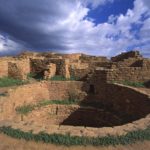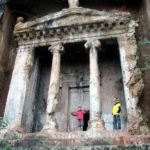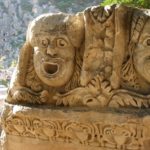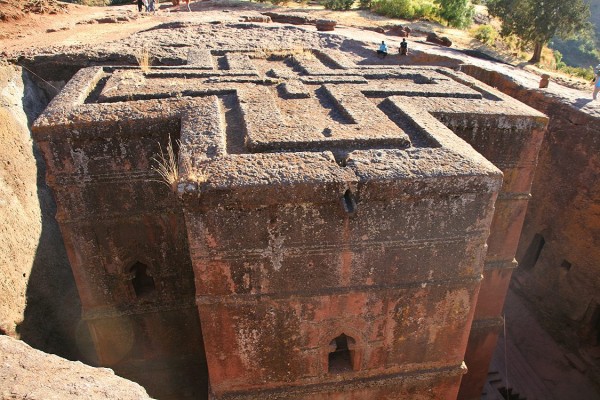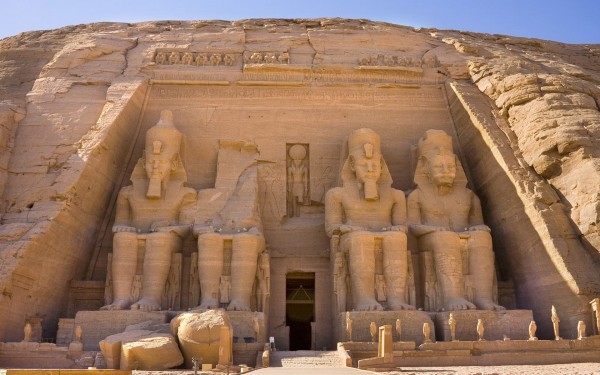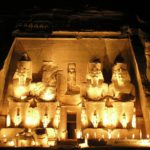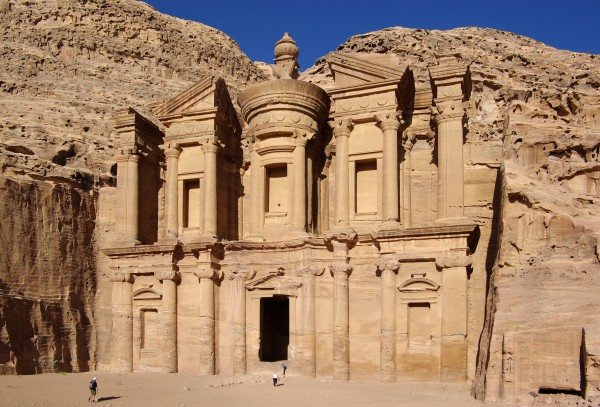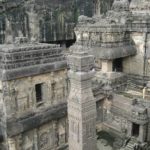 Weird Stuff
Weird Stuff  Weird Stuff
Weird Stuff  Miscellaneous
Miscellaneous Top 10 Things Crypto Was Supposed to Change & What Actually Did
 History
History 10 Huge Historical Events That Happened on Christmas Eve
 Music
Music 10 Surprising Origin Stories of Your Favorite Holiday Songs
 History
History 10 Less Than Jolly Events That Occurred on December 25
 Weird Stuff
Weird Stuff 10 Funny Ways That Researchers Overthink Christmas
 Politics
Politics 10 Political Scandals That Sent Crowds Into the Streets
 Weird Stuff
Weird Stuff Ten Bizarre Facts About The Doge Meme
 Our World
Our World 10 Ways Your Christmas Tree Is More Lit Than You Think
 Movies and TV
Movies and TV The 10 Coolest Stars to Set Sail on The Love Boat
 Weird Stuff
Weird Stuff 10 Fascinating Facts You Might Not Know About Snow
 Miscellaneous
Miscellaneous Top 10 Things Crypto Was Supposed to Change & What Actually Did
 History
History 10 Huge Historical Events That Happened on Christmas Eve
Who's Behind Listverse?

Jamie Frater
Head Editor
Jamie founded Listverse due to an insatiable desire to share fascinating, obscure, and bizarre facts. He has been a guest speaker on numerous national radio and television stations and is a five time published author.
More About Us Music
Music 10 Surprising Origin Stories of Your Favorite Holiday Songs
 History
History 10 Less Than Jolly Events That Occurred on December 25
 Weird Stuff
Weird Stuff 10 Funny Ways That Researchers Overthink Christmas
 Politics
Politics 10 Political Scandals That Sent Crowds Into the Streets
 Weird Stuff
Weird Stuff Ten Bizarre Facts About The Doge Meme
 Our World
Our World 10 Ways Your Christmas Tree Is More Lit Than You Think
 Movies and TV
Movies and TV The 10 Coolest Stars to Set Sail on The Love Boat
10 Incredible Places Carved From Rock
When we talk about rocked carved sites most people will think of Petra in Jordan. It is certainly worthy of its fame because it is so beautiful. But what many don’t know is that it is but one of many similar rock carvings – some of which should perhaps hold the honor of being more beautiful. In this list we look at ten rock carved sites that you very probably are unaware of.
The Gila cliff dwellings in Southwestern New Mexico are similar to the Mesa Verde in that they take advantage of existing caves and extend them for human comfort. The Mogollon people lived in these dwellings around 1275 – 1300 AD; the reason for their abandonment after such a short time is not known. There are 46 rooms in the cave dwellings which are believed to have been home to around fifteen families.
The Bandelier national monument is the preserved homes (carved out of rock and caves) of the Ancient Pueblo peoples – an indigenous American peoples. They not only created the Bandelier national monument but other incredible sites around the Americas – another of which features here. At the site you can see homes, ceremonial buildings, and rock paintings.
Mesa Verde is in Montezuma County, Colorado. It is a huge site filled with homes and villages of the Puebelo peoples (as in item 9). In the late 1190s they began constructing their famed cliff dwellings – the reason for their inclusion on this list. The most notable – and certainly the largest – cliff dwelling is known as Cliff Palace. The buildings take advantage of natural caves which were deepened as needed to provide more room.
The Lycian tombs near Dalyan in Turkey are a series of tombs carved out of a cliff face. They were built by the Lycian people (allies of the Trojans during the Trojan war) who were generally passed from conqueror to conqueror through history until the majority (Greek speakers) were forced to leave Turkey and move to Greece after the Greco-Turkish war in a population exchange. The ruins of the ancient trading city Kaunos are nearby so it is worth a visit.
Lalibela is a town in Northeast Ethiopia famous for its wonderful rock carved churches. It is considered to be one of the holiest sites in Ethiopa. The layout of the churches are considered to be representative of Jerusalem (it is a Christian region). This helps date the sculptures to the 12th century AD. There are thirteen churches in all and another interesting factor of the site is that it exploits an artesian geological system to fill wells near each church.
In the thirteenth century BC, Pharaoh Ramesses II had the Abu Simbel temples carved out of rock as a monument to his wife and him. In 1968 the Aswan dam put the incredible structure to threat of flooding so the entire thing was uplifted and relocated to an artificial hill – saving it for future generations to see. It remains one of Egypt’s top tourist destinations.
Established around 312 BC by the Nabataean people, Petra is a city carved out of rock. As well as incredibly ornate carvings, the Nabataean people also established a system of cisterns (also carved in rock) which enabled them to settle in an otherwise very arid area. The most elaborate carved building is Al Khazneh – the temple, which was clearly influenced by Ancient Greek architecture.
The Longmen Caves are home to tens of thousands (some estimate up to 100 thousand) of statues of Buddha and his disciples. They are carved into the caves and cliff faces of the Xiangshan and Longmenshan mountains in China. The first statues were carved between 400 and 1100 AD. The work was paid for by donations from wealthy families, royalty, and religious groups. They are truly incredible and UNESCO called them “an outstanding manifestation of human artistic creativity.”
The Ajanta Caves are in Maharashtra, India and they comprise of around 30 carved Buddha statues. What makes these caves extra special though is the large number of very beautiful paintings – excellent examples of Indian art at its finest. They date from the 2nd century BC. You get an extra bonus if you visit these caves – they are not far from the beautiful Ellora caves (item 1).
Ellora is an Indian world heritage site that houses what are possibly the grandest rock carving structures in the world – surpassing even Petra in beauty. The carvings are temples from Hindu, Buddhist, and Jain traditions. They date between the 5th and 10th century. Each religion’s caves have remarkable beauty – different from each other with the Jain temples originally including intricate paintings (some of which is still visible today).










